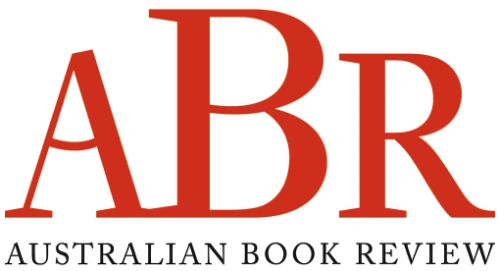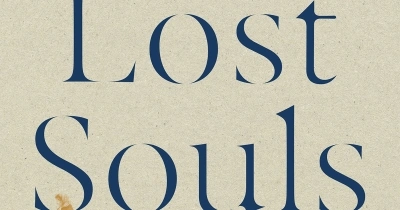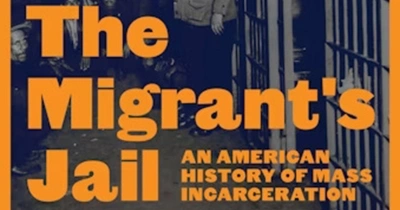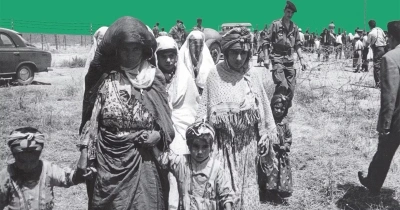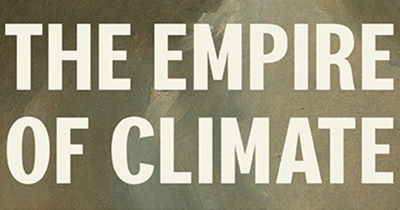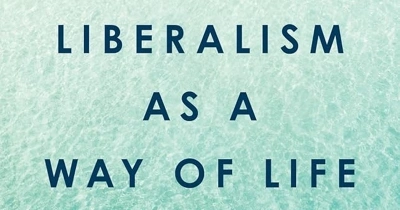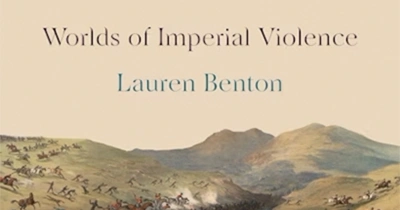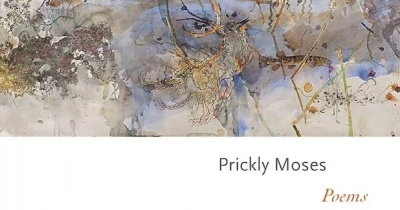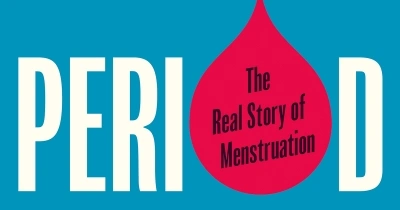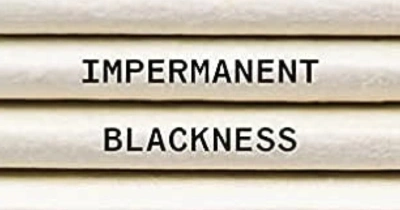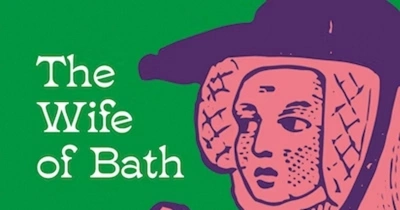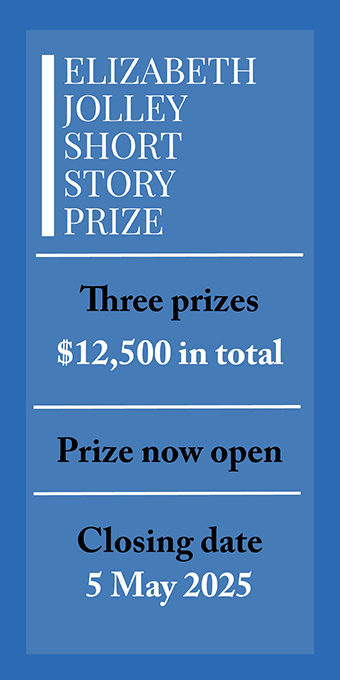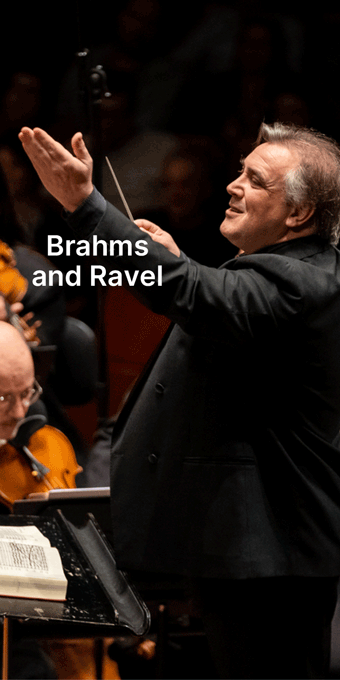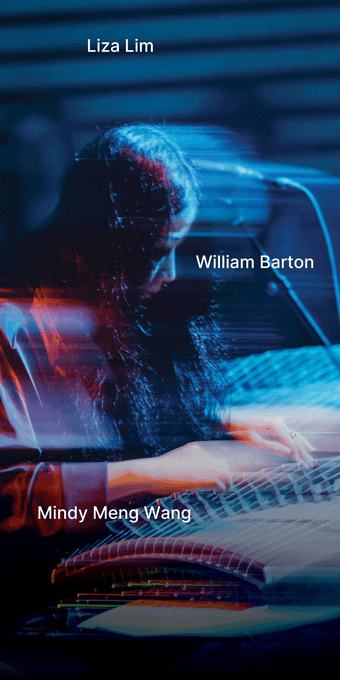Princeton University Press
Lost Souls: Soviet displaced persons and the birth of the Cold War by Sheila Fitzpatrick
by Phillip Deery •
The Migrant’s Jail: An American history of mass incarceration by Brianna Nofil
by Marilyn Lake •
The End of Empires and a World Remade: A global history of decolonization by Martin Thomas
by Clinton Fernandes •
The Empire of Climate: A history of an idea by David N. Livingstone
by Ruth A. Morgan •
They Called It Peace: Worlds of imperial violence by Lauren Benton
by Jeremy Martens •
Impermanent Blackness: The making and unmaking of interracial literary culture in modern America by Korey Garibaldi
by Paul Giles •
